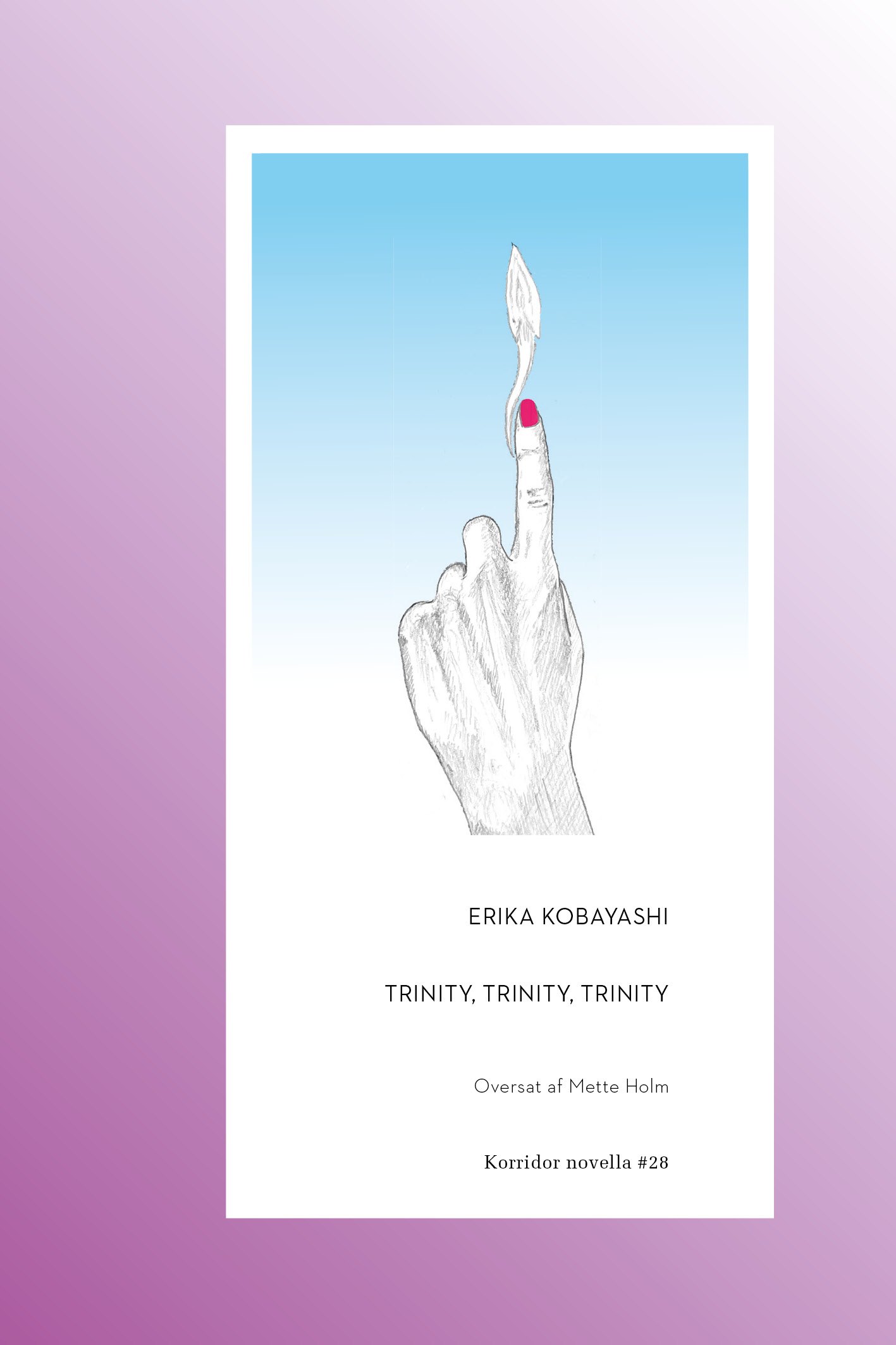What do you think?
Rate this book


252 pages, Paperback
First published October 25, 2019
‘The tuna on board, now fearfully called the atomic tuna, ended up buried in the ground beneath the Tsujiki Fish Market. Years later, when construction was taking place to excavate…no trace of atomic tuna was ever found – not even bones…Nine years after the 235-million-yen budget was allocated to develop nuclear power and and the atomic tuna was buried beneath Tsujiki, the first light bulb powered by Japanese nuclear energy switched on in a town called Tokai, in Ibaraki Prefecture. And the following year, the Olympics arrived in Tokyo.’
‘Apparently people in those times believed that the higher you were, the healthier the air was, so the rich tried to live up as high as possible. They believed miasma – ‘bad air’ – pooled in low places and caused disease. Elites lived as high as they could, ate birds that were as high-flying as they could, drank wine from grapes grown as high up in the mountain as they could.’
‘Trinities craved radioactivity like junkies craved their high, and they would go anywhere or do anything to get it…It even became a staple horror setup for a while for someone, after the death of a dementia-suffering family member, to take a Geiger counter into the dead person’s bedroom and find it to be radioactive.’
‘Radiation. It terrified me. When it rained down on you, at first nothing would happen, but then you would lose your hair, you would bleed and be unable to stop, your skin would split and slough off.’